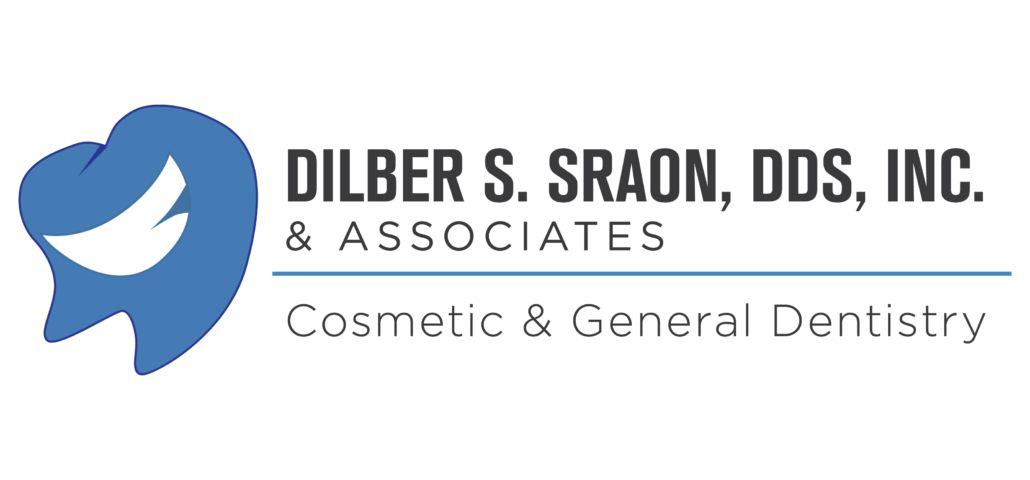Can Gum Disease Affect Fertility? The Oral-Systemic Connection You Should Know
If you’re trying to start a family, you’re likely paying close attention to your health—and that should include your oral health, too. It may sound surprising, but research has shown a possible link between periodontal disease (gum disease) and infertility in both women and men.
At Dilber Sraon, DDS in San Jose, we’re passionate about educating our patients on how dental health impacts the whole body. If you’re planning for parenthood, here’s why it’s worth taking a closer look at your gums.
What Is Periodontal Disease?
Periodontal disease is a chronic inflammatory condition that affects the gums and supporting structures of the teeth. It often starts with gingivitis (mild gum inflammation) and can progress to more severe gum and bone damage if left untreated.
Common signs of gum disease include:
-
Bleeding gums
-
Bad breath
-
Gum recession
-
Loose teeth
-
Swollen or red gums
But the effects of periodontal disease go far beyond your mouth.
How Gum Disease May Affect Fertility
Recent studies have found that chronic inflammation and oral infections may play a role in delayed conception and reproductive health issues.
In Women:
Women with untreated gum disease may take up to 2–3 months longer to conceive compared to those with healthy gums. The body’s immune response to inflammation can potentially interfere with hormone levels and reproductive function.
In Men:
Men with poor oral health may also experience lower sperm quality and motility, partly due to the systemic impact of inflammation and bacterial infections in the body.
Taking Care of Your Smile and Fertility
The good news? Gum disease is preventable and treatable. Regular dental checkups and good at-home hygiene habits can keep your gums healthy—and potentially support your fertility journey.
Here’s how to get started:
- Brush twice a day with fluoride toothpaste
- Floss daily to remove plaque between teeth
- Eat a balanced diet low in sugar
- Avoid tobacco
- Schedule regular dental cleanings and exams
Planning for a Family? Come See Dr. Sraon in San Jose
Your mouth is a window to your overall health—including your reproductive health. If you’re thinking about starting a family or have concerns about gum disease, now is the perfect time to schedule a visit.
Dr. Dilber Sraon, DDS offers compassionate, personalized care to help you achieve optimal oral health at every stage of life.
Call today or book your appointment online and take a proactive step for your smile—and your future family.
